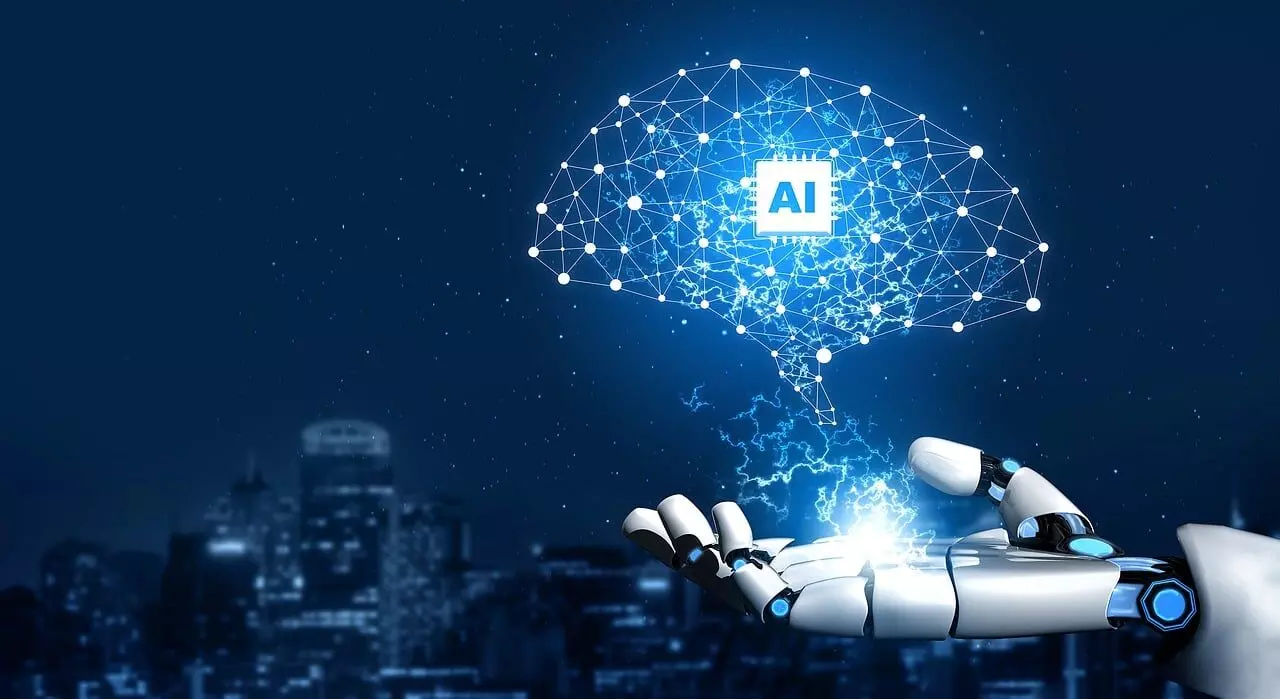Bridging with fences!

The Union Cabinet's approval of the 'India AI Mission' is a significant step aimed at tapping the profound potential of the rapidly emerging Artificial Intelligence sector. AI, today, holds unfathomable capacity to drive innovation and economic growth globally. It finds itself embedded in numerous aspects of human life. With an outlay of Rs 10,372 crore over the next five years, India’s AI mission indicates the government’s proactiveness towards building a conducive environment for AI development and adoption.
The objectives of the mission were highlighted in last year’s announcement itself. Foremost among the aims is to leverage artificial intelligence to revolutionise the core sectors including agriculture, healthcare, and education. The shaping of the contours of any technological paradigm in its initial years goes on to decide the settled role of the particular technology in society at later stages. It is vital to put human welfare at the heart and centre of this highly potent AI industry at the very outset. The AI Mission aligns well with these objectives, and presents strategic programmes and partnerships in this direction.
One of the key components of the India AI Mission is the establishment of a robust computing infrastructure, with a focus on enhancing AI compute capacity. By investing in the development of 10,000 or more Graphics Processing Units (GPUs) through public-private partnerships, the government aims to democratise access to computing resources, particularly benefiting smaller businesses and startups looking to leverage AI technologies. Furthermore, the creation of an AI marketplace is expected to provide a one-stop solution for AI innovators, offering AI as a service and pre-trained models to facilitate rapid development and deployment of AI applications. In addition to infrastructure development, the India AI Mission prioritises the development and deployment of indigenous AI capabilities. Innovation centres will be established to focus on the development of Large Multimodal Models (LMMs) and domain-specific foundational models, addressing the unique needs of critical sectors of the economy.
The Mission also places a strong emphasis on skill development and education in AI, with the rollout of IndiaAI FutureSkills programme aimed at increasing the availability of AI courses at undergraduate, masters, and PhD levels. This initiative seeks to address the shortage of skilled AI professionals. Moreover, the establishment of Data and AI Labs in Tier 2 and Tier 3 cities across India reflects the government's commitment to promoting inclusive growth and facilitating AI adoption beyond metropolitan centres. By providing access to cutting-edge technology and resources, these labs will empower local communities to participate in the AI revolution, driving economic development and job creation at the grassroots level.
Everything said and done, the path ahead, certainly, is not going to be a smooth one. Firstly, the ambitious targets set forth by the Mission, including the establishment of a robust computing infrastructure and the development of indigenous AI capabilities, may face implementation hurdles such as funding constraints, technological complexities, and coordination issues between various stakeholders. Additionally, while the emphasis on skill development and education in AI is commendable, the effectiveness of initiatives like the IndiaAI FutureSkills programme will depend on factors such as curriculum quality, trainer expertise, and industry relevance. Also, there are potential concerns regarding data privacy, ethics, and regulatory frameworks surrounding AI adoption. Addressing these challenges will require sustained efforts from policymakers, industry leaders, and academia.



